Optimal Timing for Concrete Installation
Determining the best time for concrete installations involves considering weather conditions, temperature, and moisture levels. Proper timing ensures optimal curing and durability, reducing the risk of cracks and other issues.
Spring and fall are generally preferred due to moderate temperatures and lower humidity. Extreme heat or cold can affect curing times and concrete strength.
Concrete should be poured when temperatures are between 50°F and 85°F. Outside this range, additional measures may be necessary to control curing conditions.
Rain, snow, or high winds can compromise the integrity of concrete. Scheduling during dry, mild weather is recommended for best results.
High humidity can slow evaporation, leading to longer curing times. Proper planning helps mitigate moisture-related issues.
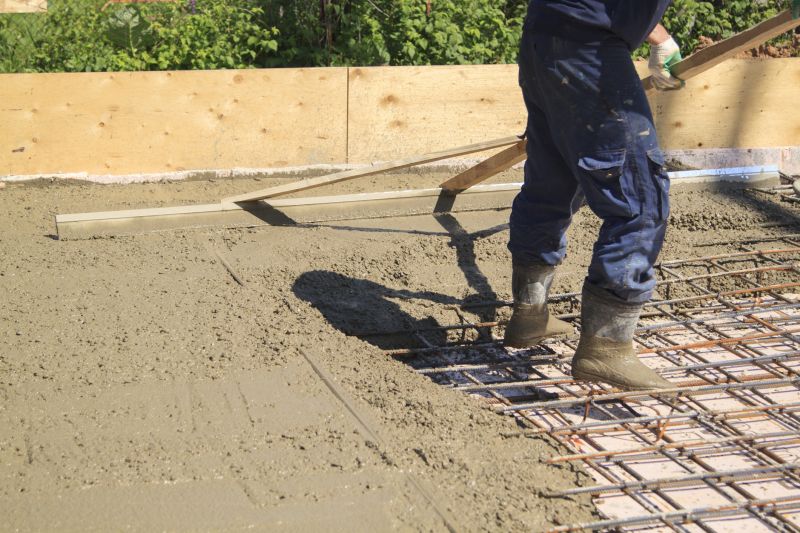
Ways to make Concrete Installations work in tight or awkward layouts.
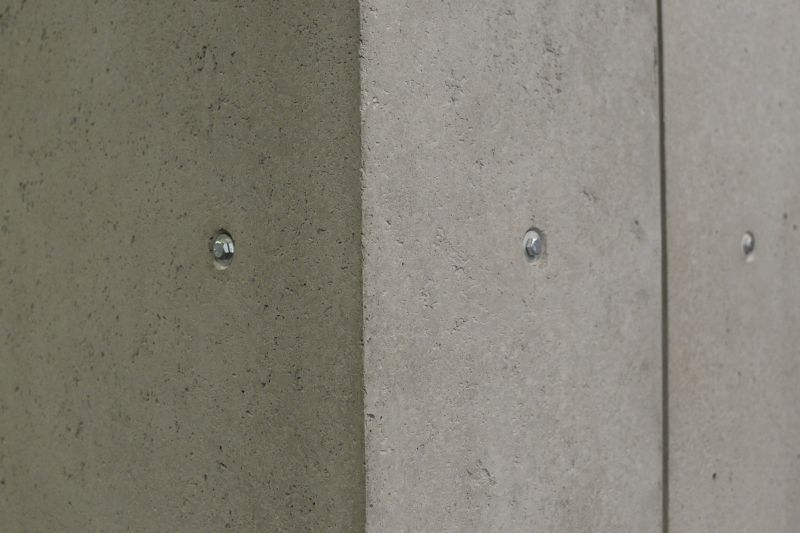
Popular materials for Concrete Installations and why they hold up over time.
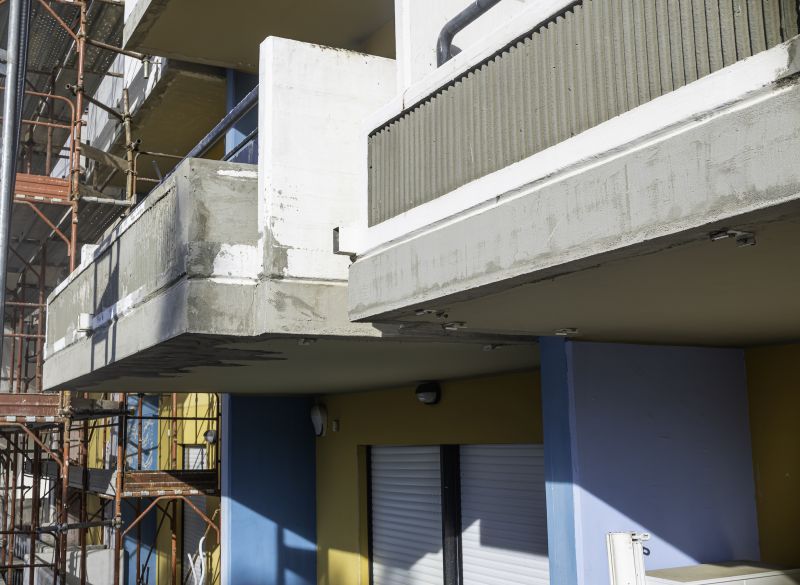
Simple add-ons that improve Concrete Installations without blowing the budget.

High-end options that actually feel worth it for Concrete Installations.
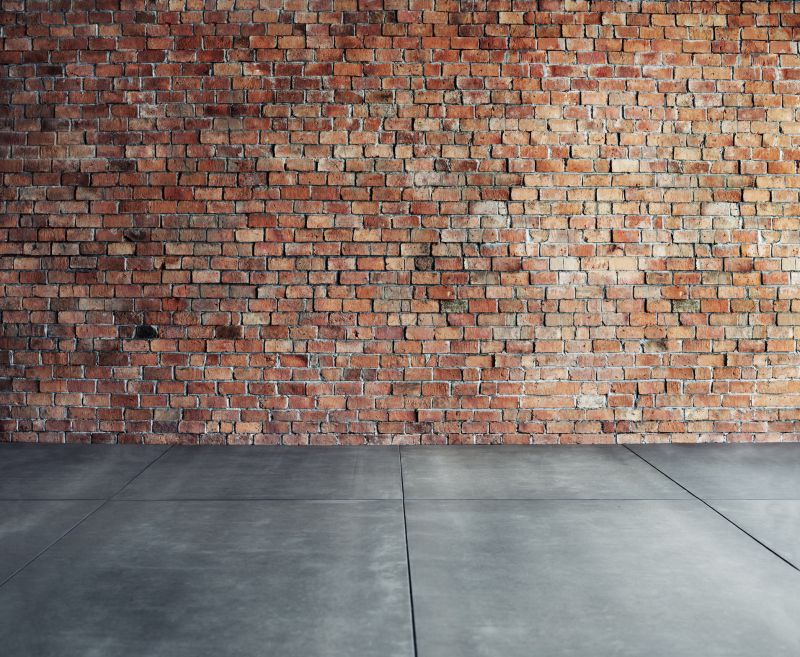
Finishes and colors that play nicely with Concrete Installations.
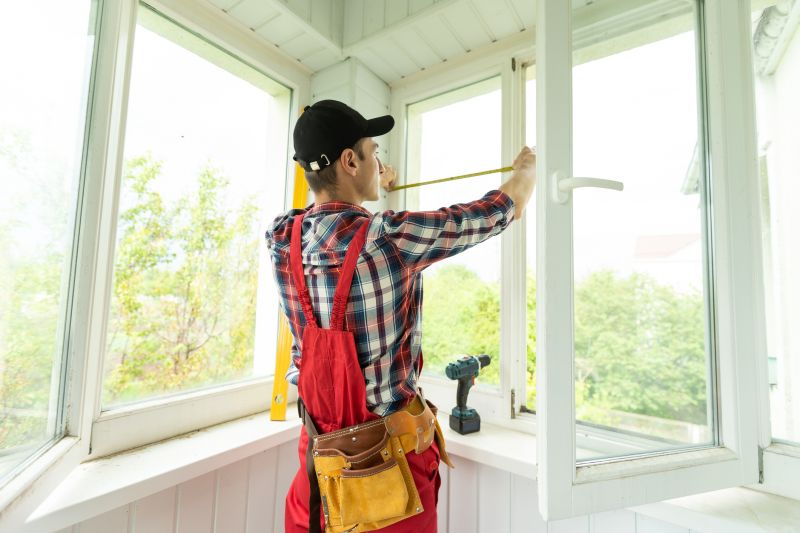
Little measurements that prevent headaches on Concrete Installations day.
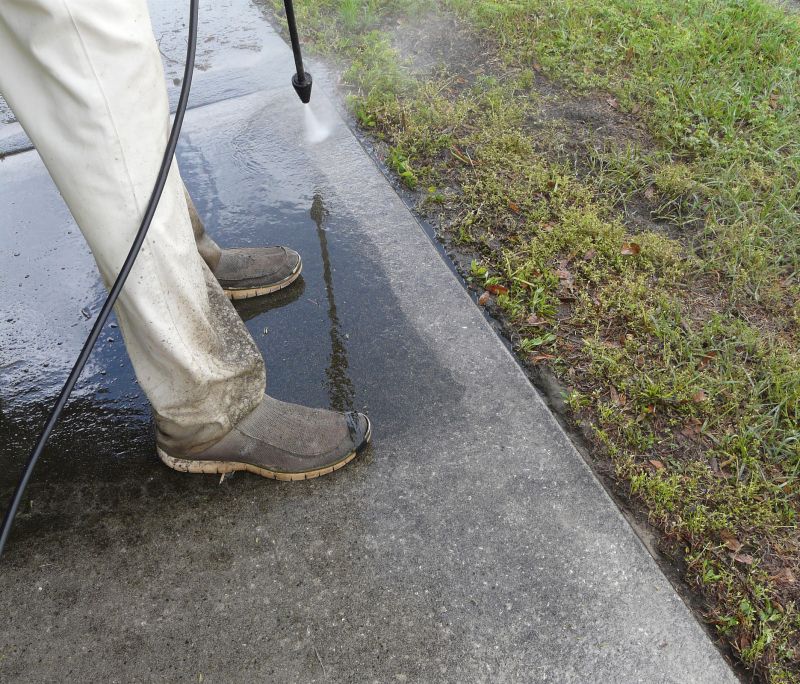
A 60-second routine that keeps Concrete Installations looking new.
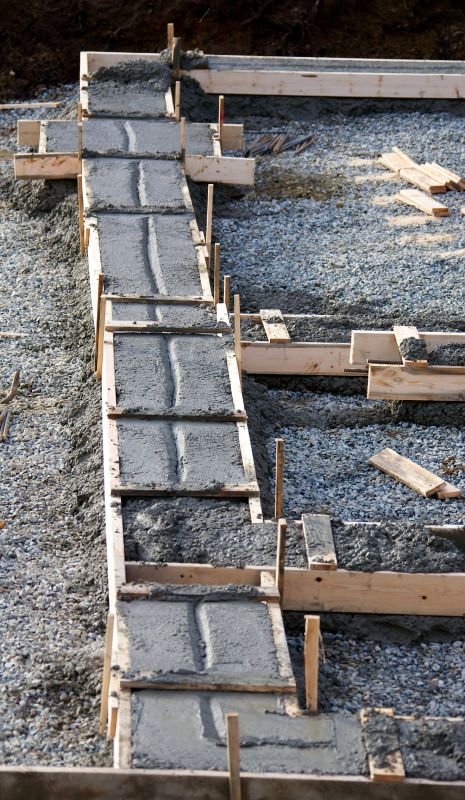
A frequent mistake in Concrete Installations and how to dodge it.
| Season | Best Conditions |
|---|---|
| Spring | Moderate temperatures and low humidity |
| Fall | Cool temperatures and dry weather |
| Summer | Early morning or late evening pour preferred |
| Winter | Not recommended unless heated and protected |
| Rainy days | Avoid due to moisture interference |
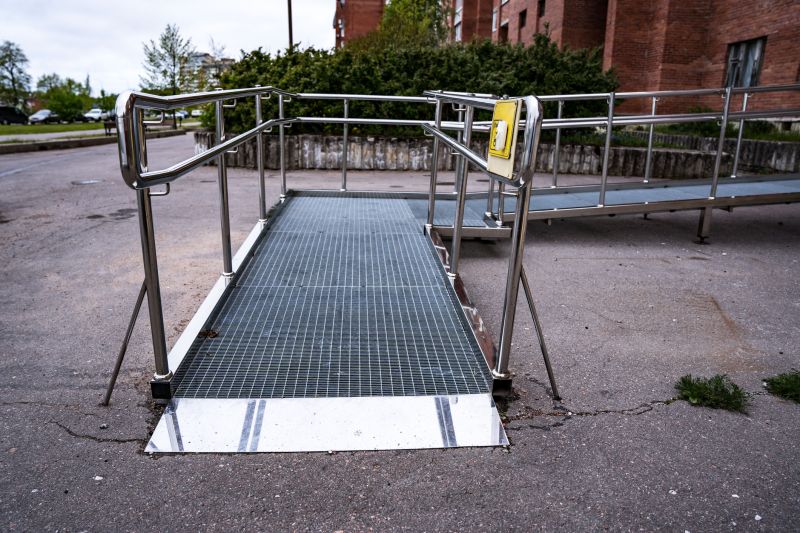
Small tweaks to make Concrete Installations safer and easier to use.
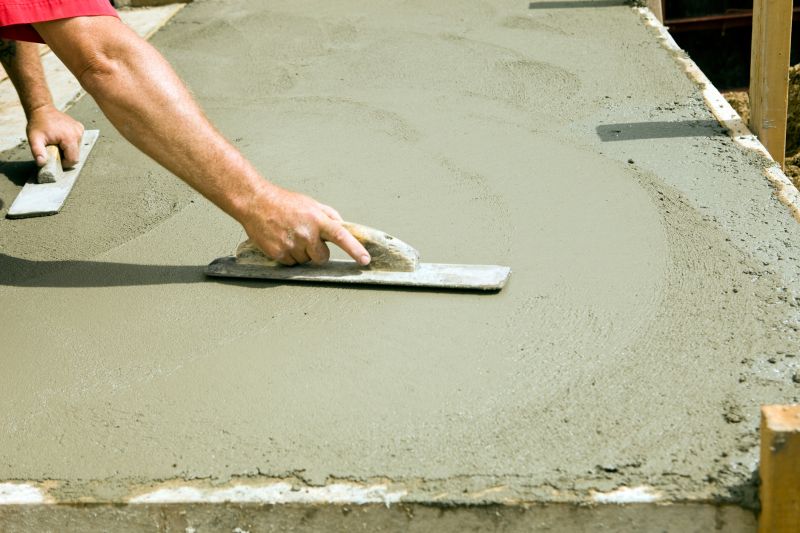
Lower-waste or water-saving choices for Concrete Installations.

The short, realistic tool list for quality Concrete Installations.
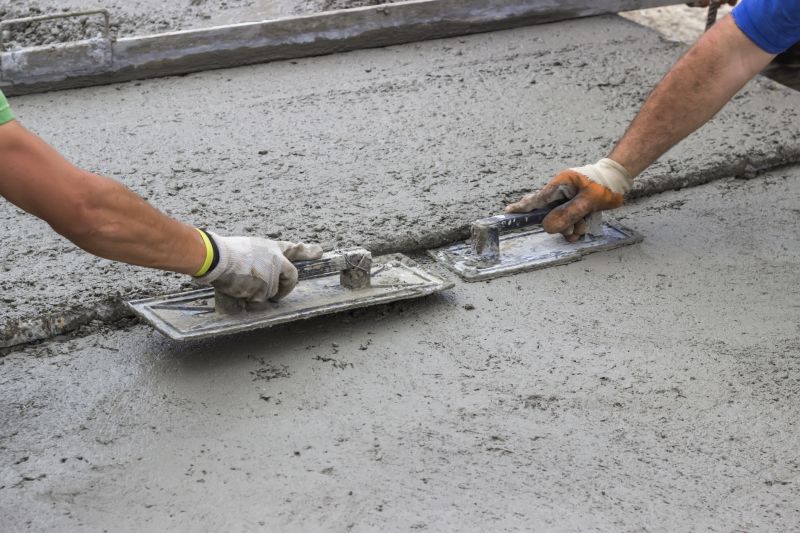
Rough timing from prep to clean-up for Concrete Installations.
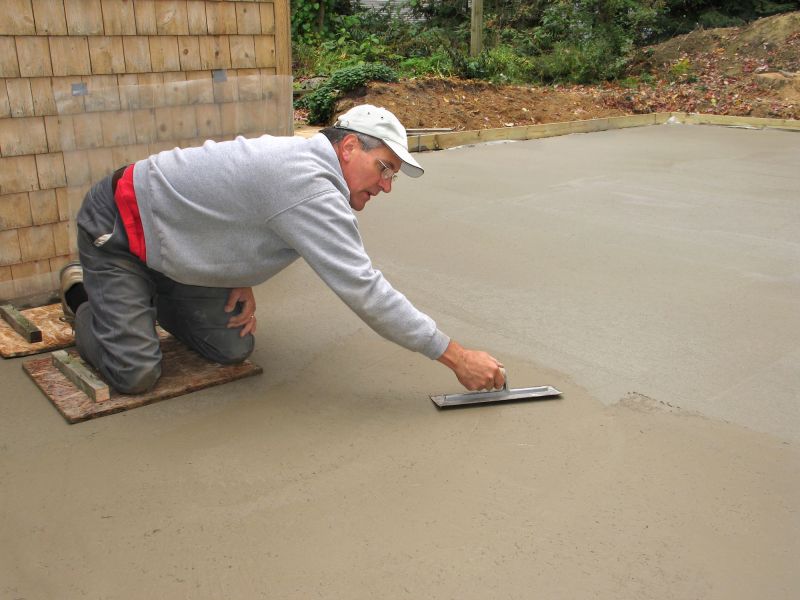
Quick checks and paperwork to keep after Concrete Installations.
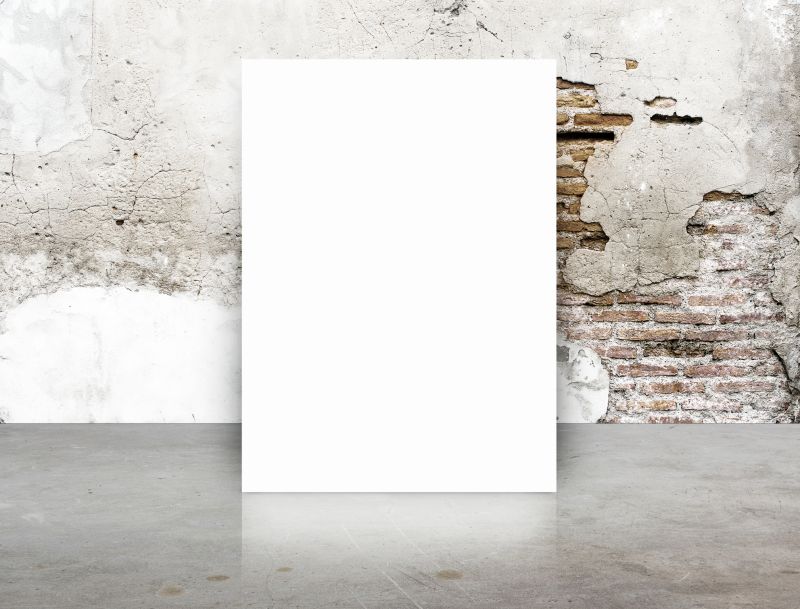
Examples that show the impact a good Concrete Installations can make.

Ways to make Concrete Installations work in tight or awkward layouts.
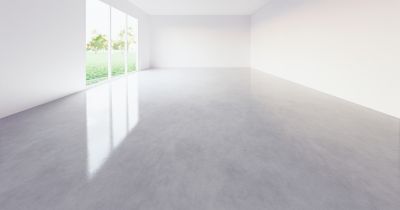
Ways to make Concrete Installations work in tight or awkward layouts.
If considering concrete installation, it is advisable to plan during periods with stable weather conditions. Proper timing ensures concrete can cure properly, achieving desired strength and durability. Consulting with local experts can help identify the most suitable time frames based on regional climate patterns.
